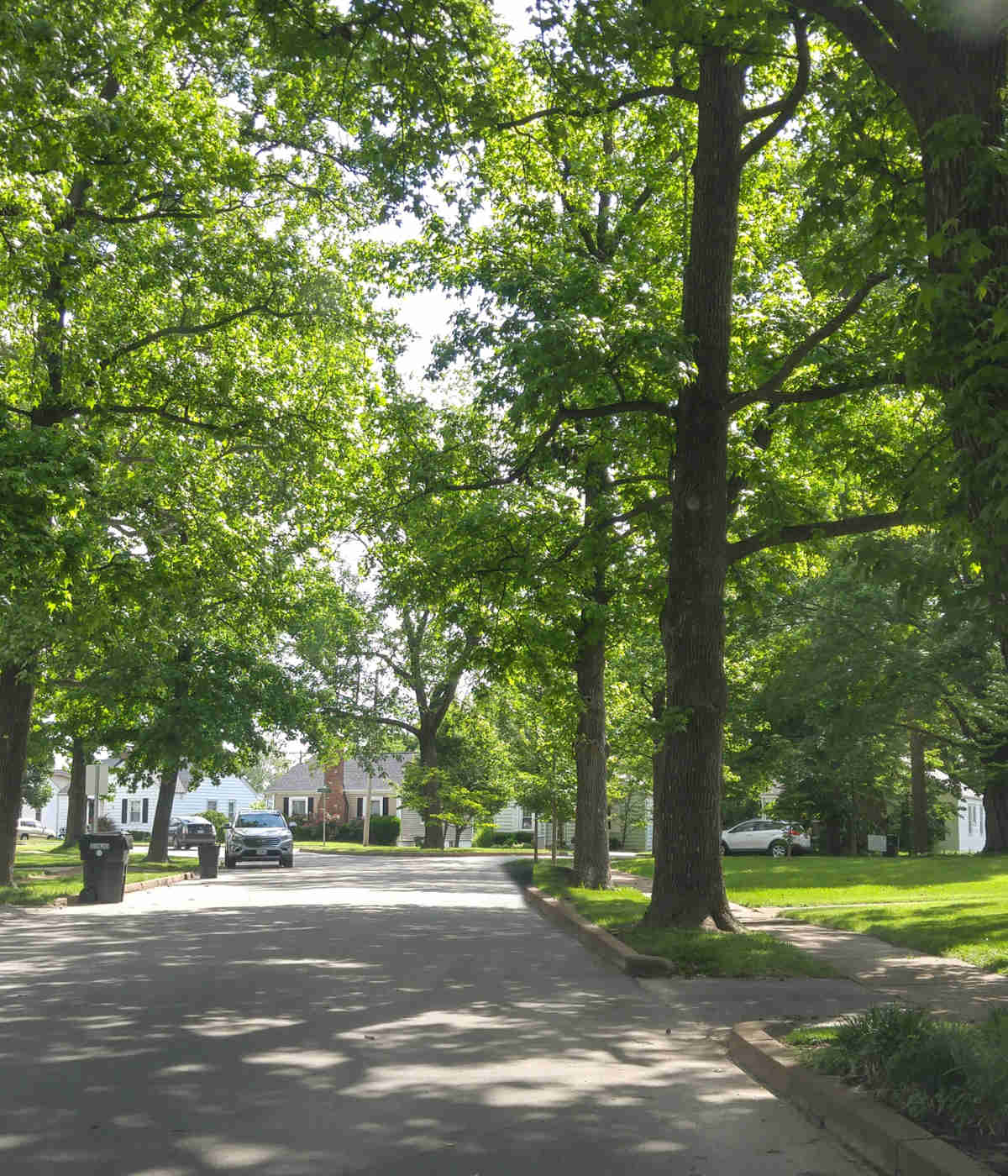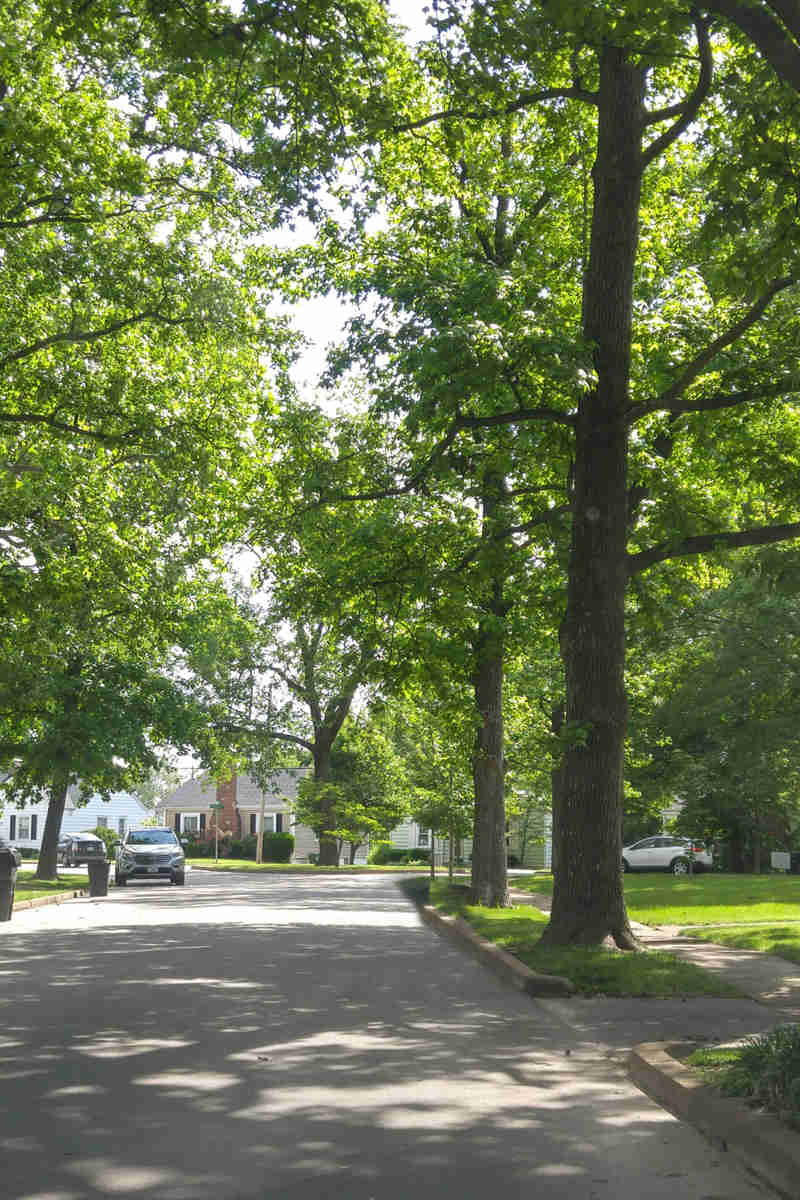As temperatures rise in New England, so does the increased chance of your trees becoming vulnerable during droughts.
In the greater Boston area of Massachusetts, the average high temperature during the summer can reach the 70s, and the precipitation rate during the summer months is decreasing. When trees can’t get enough water during dry summer weather conditions, they can experience root damage, which may lead to disease and even death.
The University of Nebraska-Lincoln’s U.S. Drought Monitor is a great online resource for assessing your area’s current drought status. Understanding how trees are affected by drought, how to help plants survive drought seasons, and what to do when your tree is suffering from drought stress can help ensure your trees will provide shade for another year.
Short-Term Effects Of Drought Stress On Trees & Shrubs
Short-term droughts deplete topsoil moisture, impacting plants with shallow roots like grasses and crops. Short-term stresses can go away once the rain starts falling regularly for trees and shrubs with longer root systems. When monitoring your trees in dry conditions, look for wilting, discolored, or prematurely shedding trees or trees with early fall color, and increase your watering habits as needed.
For the summer months in Massachusetts, mature trees typically need to be watered about once a week during dry periods.
Long-Term Effects of Drought Stress on Trees & Shrubs
If a drought lasts longer than expected and soils dry out at a deeper level, trees and shrubs will be susceptible to drought stress even after rainfall starts again. Look out for these signs of drought stress:
- Wilting or prematurely shedding leaves – Lack of water and ground moisture causes tree leaves to wilt and shed as a defense.
- Reduction in photosynthesis – If you notice your tree has chlorosis or any discoloration, it likely has stopped being able to absorb nutrients.
- Pest and insect infestation – Trees weakened by lack of water are more susceptible to pest infestation and diseases and don’t have the strength to adjust or defend themselves while trying to survive a drought.
Drought impacts can sometimes be delayed until the next season or even longer. Massachusetts experienced a drought the last two summers, which may impact your trees now.
How To Care For Newly Planted Trees & Mature Trees During Dry Conditions
The key to helping trees survive a dry season in the Cape Cod area is water. Watering trees and shrubs regularly or more frequently than usual, especially if the tree is newly planted, will help them survive dry season weather conditions.
Mature trees should receive 1 inch of water per week in clay/loam soil and 2 inches in sandy soil, which drains faster. This includes natural rainfall and is ideally applied by a drip line or hose rather than a sprinkler or mist system.
Mulching also helps a tree’s root system maintain moisture during dry weather. To avoid volcano mulching, the mulch should be 2-4 inches deep and kept away from the trunk in a donut shape. It should spread out to the tree’s dripline.
How To Help A Tree Recover From Drought
If your tree is affected by drought stress, don’t fear! There are several ways to mitigate the effects of drought on trees.
- Water trees slowly and deeply – A soaker hose or drip irrigation system will help ensure your trees are watered deeply enough to re-establish their needed moisture.
- Maintain a layer of mulch – A 2-4 inch deep layer of mulch, kept around 4 inches away from the tree trunk, helps retain moisture.
- Avoid excessive pruning – Excessive pruning can add to tree stress and divert some of its resources into recovering from pruning wounds.
Why You Should Hire A Certified Arborist
Certified arborists have the knowledge and expertise to identify and treat drought stress on trees and shrubs. Hiring a certified arborist to conduct routine tree inspections can help you spot the symptoms of drought stress before they become too severe.
At Hartney Greymont, we have local arborists in Needham, Concord, Danvers, Cape Cod, and the surrounding areas with the expertise needed to help your backyard survive the summer.



